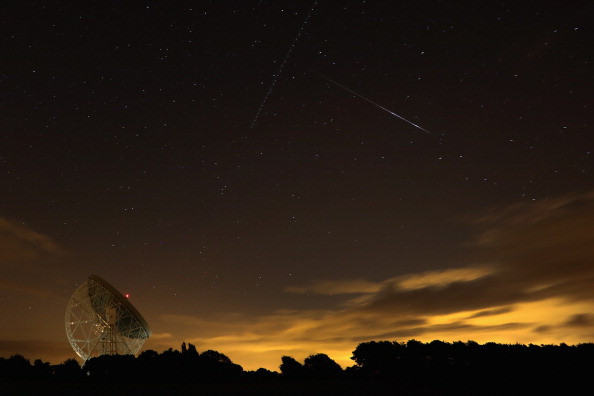Orionids Meteor Shower 2020: How and when to view it best
Orionids occur every October and remains one of the most prolific meteor shower associated with Comet Halley.
It is the time of the year when skygazers can enjoy some spectacular night sky as the Orionids meteor shower appears. This is one of the most prolific shooting star event associated with one of the oldest and best-known comet Halley.
Orionids is known to be the best annual meteor shower that is named after the constellation Orion. Even though its radiant point lies in this constellation, the fireballs can be seen appearing in a large part of the sky. It is produced by the debris of Halley's Comet. The comet appears every 76 years.
According to NASA, the meteor has been active from Friday to Nov. 7 but it will peak during mid-October. During the moonless skies, one can view approximately 15 meteors per hour.
This celestial event produces fast-moving and bright fireballs. They reportedly travel at about 148,000mph or 66 km/second into Earth's atmosphere. Watch out for trains left behind by the fast-moving meteors.
The space agency suggests looking for prolonged explosions of light when viewing the Orionid meteor shower. As per the blog, the meteor shower will be visible in both the Northern and Southern hemispheres during hours before dawn.
EarthSky reports that Orionids 2020 is likely to peak on Oct. 21 morning. However, it is suggested to watch out for a meteor in the days ahead of the peak an hour or two before dawn.
In order to be sure that it is Orionid meteor, look in the direction of the constellation Orion the Hunter. You will find it moving towards the east in the hours after midnight. Nevertheless, the fireballs will appear all over the sky.

To best view the meteor shower, enthusiasts do not need special equipment or telescope but ideal night sky conditions. Plan to witness the stunning meteor show on a dark night when the moon's light will not obstruct the view. Find a dark place, away from city lights and sit back and enjoy the sight. It is suggested to give your eyes at least 20 minutes to adjust to the dark skies and observe a beautiful night sky.
© Copyright IBTimes 2025. All rights reserved.





















